Exploring Arikok National Park in Aruba: Preserving Nature’s Beauty and Heritage
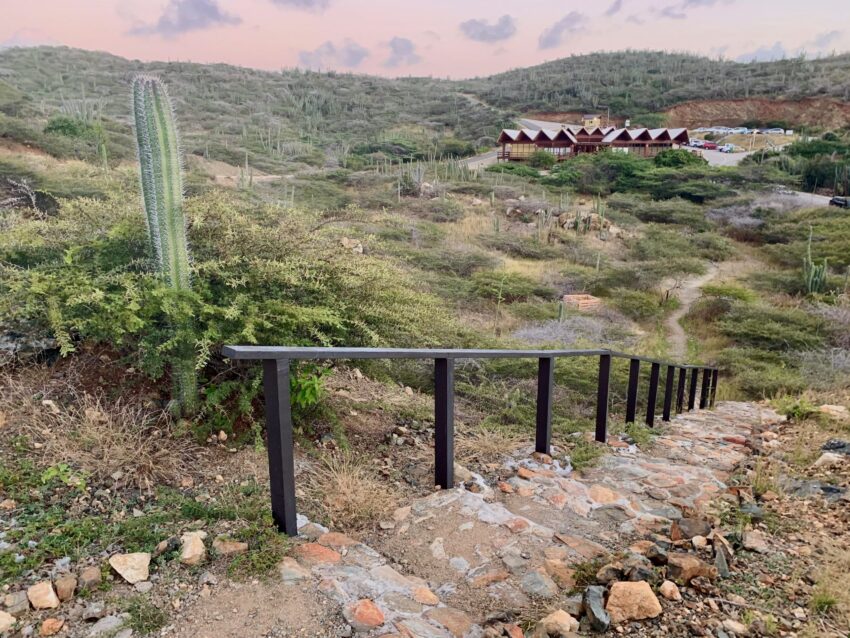
On my first ever solo trip to Aruba, I knew I had to visit Arikok National Park to see the ancient Arawak Indian cave drawings. Little did I know, there was so much more I would later discover and learn. With its rich history, breathtaking landscapes, and dedication to conservation, this park is truly a special place on the island. Join me on this journey as we explore Arikok National Park!
Unraveling the Past: A History of Arikok National Park
Arikok National Park is a testament to the enduring beauty and cultural heritage of Aruba. With a history that spans millennia, the park showcases evidence of human presence dating back to pre-Columbian times. The name “Arikok” is derived from the indigenous Arawak language, meaning “mountain of stones,” reflecting the rugged terrain that characterizes the park. Established in 2000, the park covers approximately 20% of Aruba’s land area, preserving not only the island’s natural wonders but also its historical significance.
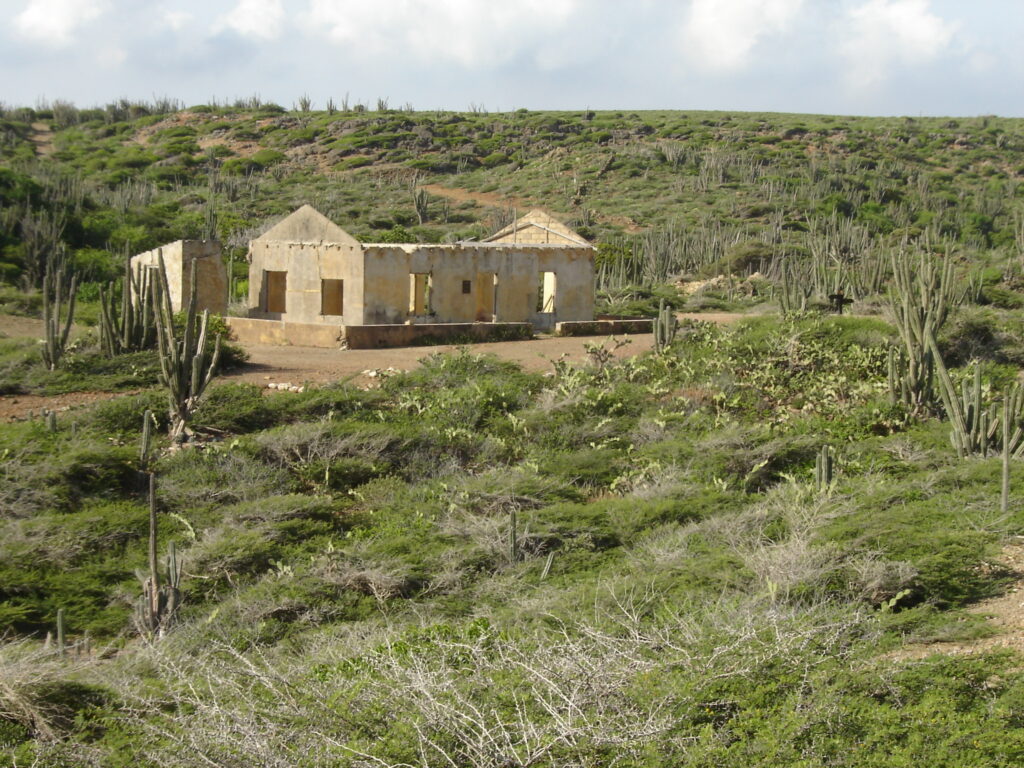
Tracing the Footsteps: Historical Sites and Trails
As I ventured into Arikok National Park, I was captivated by the allure of its historical sites and trails, each telling a unique story of the island’s past. While I wasn’t able to hike on all of the trails, I wanted to include a description of each so you can get a better idea of everything the park has to offer.
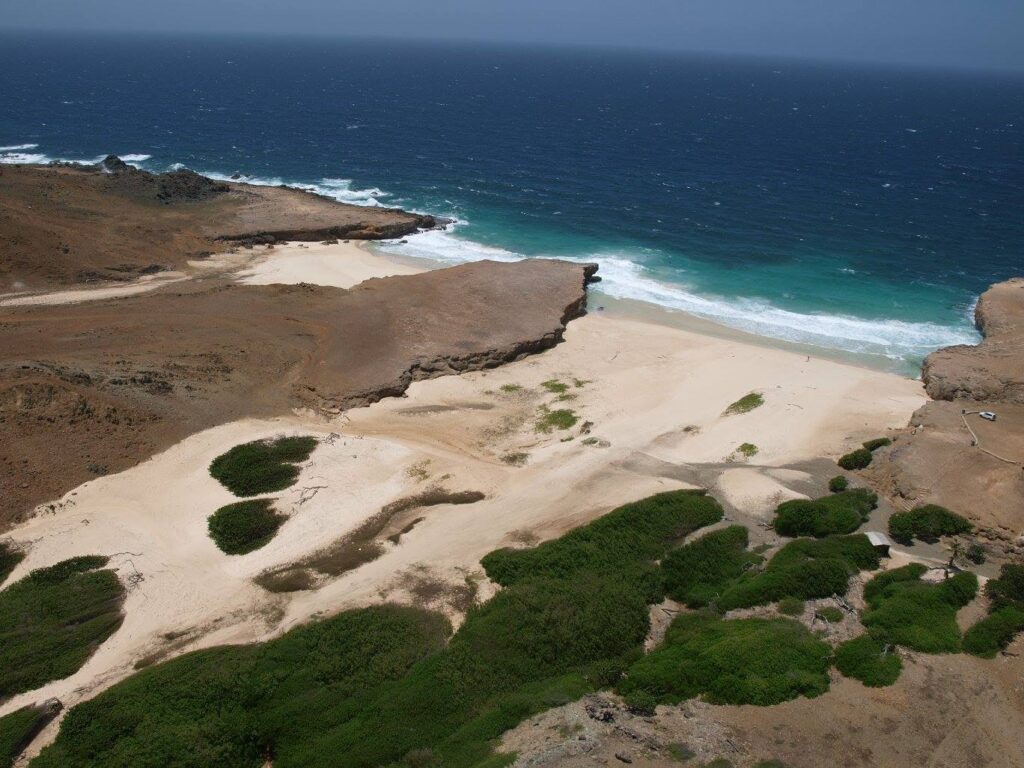
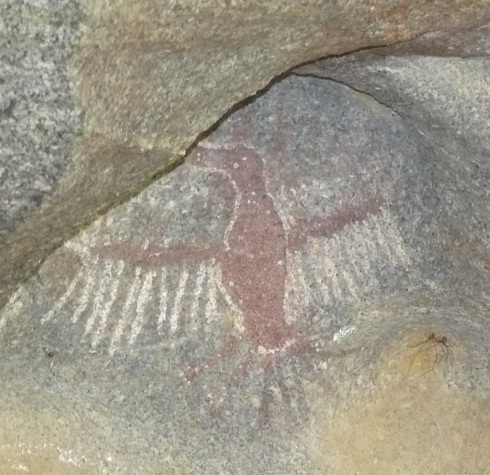
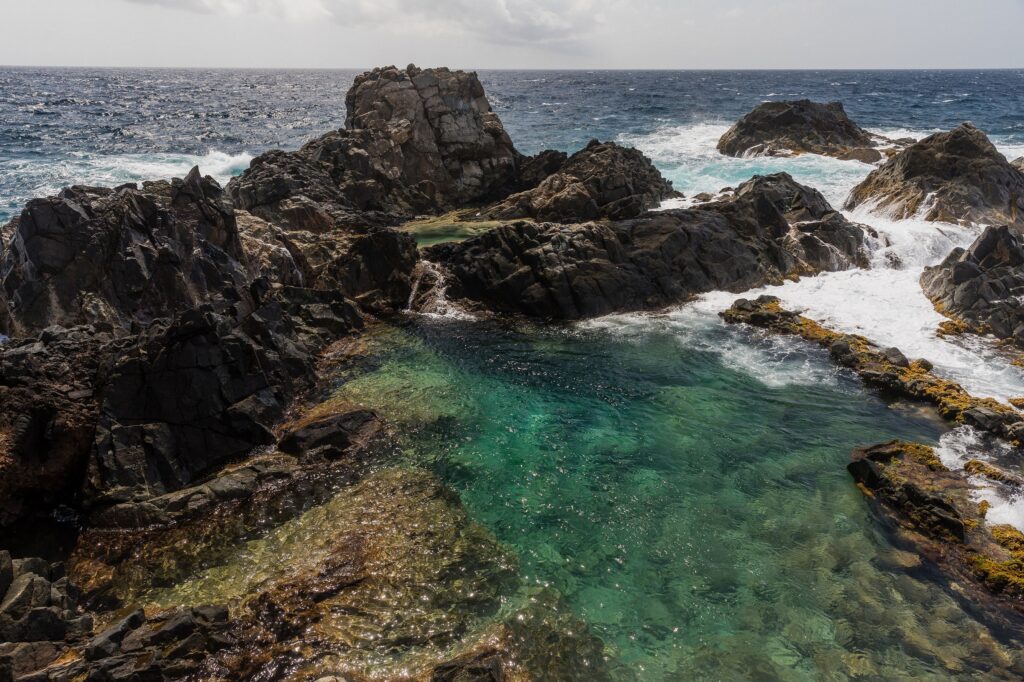
1.) The Fontein Cave stands as a silent witness to the lives of Aruba’s indigenous inhabitants, adorned with ancient petroglyphs and cave drawings. A walk through the cave is a journey back in time, connecting us to the island’s rich cultural heritage.
2.) The Quadirikiri Cave is another marvel worth exploring, comprising two chambers that are illuminated by natural skylights. This sacred site offers a spiritual experience and offers a glimpse into the beliefs and customs of the ancient inhabitants.
3.) Hiking the Cunucu Arikok Trail, I immersed myself in the enchanting Aruban countryside. This scenic hike takes visitors through diverse landscapes, from rolling hills to desert-like terrain, to more ancient cave drawings.
4.) The Boca Prins Trail, on the other hand, leads adventurers to the magnificent Boca Prins beach, where the untamed beauty of crashing waves and unique rock formations take center stage.
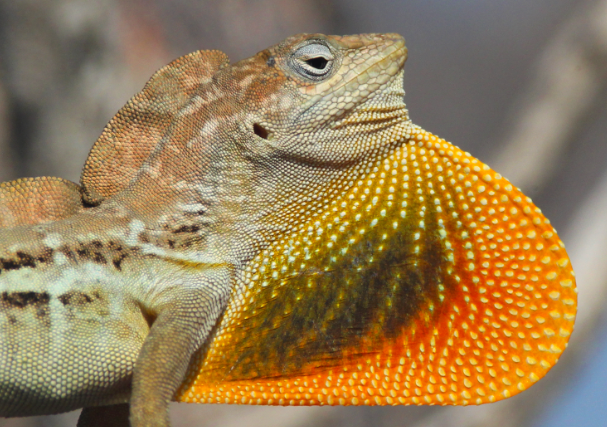

Embracing Nature’s Abundance: Animals and Plants in the Park
Arikok National Park is a sanctuary for diverse flora and fauna, many of which are endemic to the island. As I explored the park, I encountered fascinating creatures like the iconic Aruban Whiptail Lizard, found exclusively on the island. These agile lizards dart across the landscape, their vibrant colors adding a touch of wonder to the surroundings.
You can also expect to see the Aruban Burrowing Owl, known for its striking appearance and enchanting call. This captivating bird is a symbol of Aruba’s commitment to preserving its unique wildlife.
The flora of Arikok National Park is equally captivating, with resilient plants like the Watapana Tree gracefully bending with the trade winds. The park’s dedication to preserving these natural treasures ensures that future generations can experience the magic of Aruba’s native plants and animals.


Conservation Efforts & Projects
Nurturing Young Minds: Pilot Project Nature & Environment Education
In a visionary move, Dr. Armando R. Lampe, the Minister of Education, Science, and Sustainable Development, introduced a transformative addition to Aruba’s primary school curriculum in 2020/2021. The Nature and Environmental Education (NME) aims to forge a stronger bond between children and nature. This initiative reflects a commitment to nurturing young minds, fostering environmental awareness, and empowering the next generation of conservationists. The NME pilot project covers three themes: Waste Management (Litter), Healthy Lifestyle and Flora & Fauna.
Guardians of the Night: Bat Monitoring in Arikok National Park
Arikok National Park recognizes the crucial role that bats play in its ecosystem. To gain a better understanding of these enigmatic creatures, the park has implemented a bat monitoring program. This research effort aims to study bat behavior, population dynamics, and their ecological roles. By supporting bat monitoring initiatives, visitors actively contribute to the conservation of these remarkable mammals and the health of the park’s ecosystem.
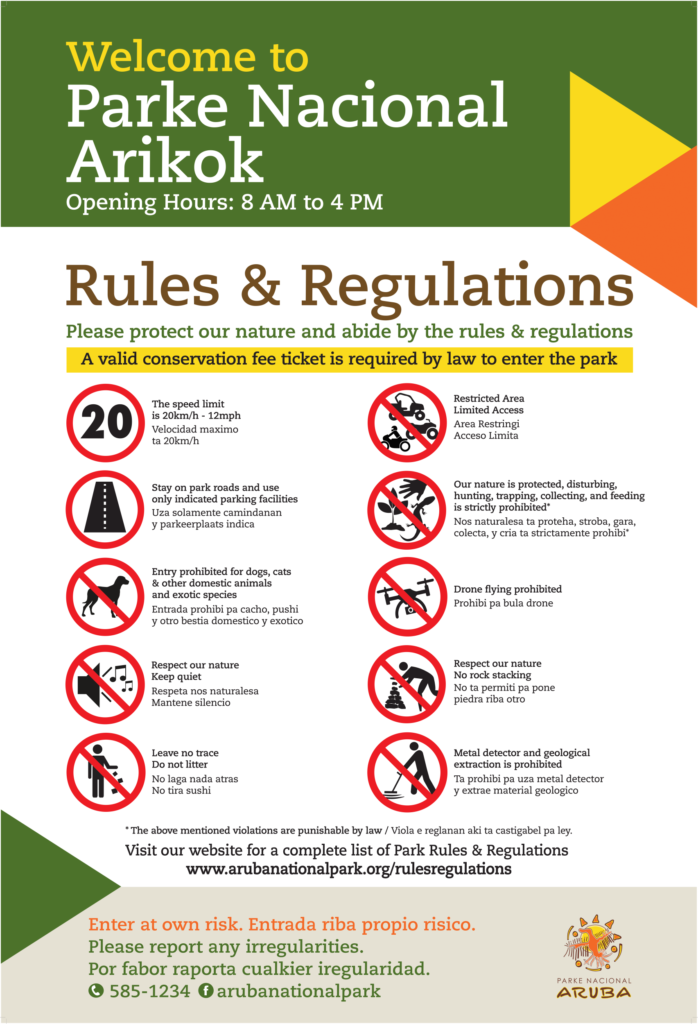
Preparing for Your Adventure: Important Information for Visitors
Before embarking on your adventure in Arikok National Park, it’s essential to be well-prepared. The park’s weather can be unpredictable, so packing appropriate clothing and sturdy footwear is a must. Don’t forget to bring sunscreen and insect repellent to stay comfortable during your explorations. As responsible visitors, we must also adhere to the park’s rules and regulations, respecting areas that may be off-limits to protect wildlife and sensitive environments. Littering is strictly prohibited, so carrying reusable water bottles and minimizing waste is a simple yet powerful way to leave a positive impact on the park.
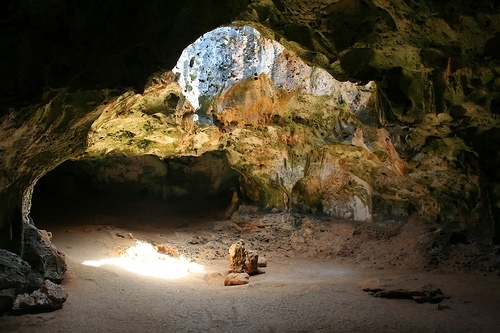
Embrace the Beauty, Support the Cause
Arikok National Park in Aruba is a place where nature’s beauty and cultural heritage unite to create an unforgettable experience. As we explore its historical sites and trails, encounter its unique flora and fauna, and embrace innovative conservation initiatives, we become a part of the park’s story—a story of resilience, dedication, and positive change. Together, we can foster a sustainable future, ensuring that this sanctuary remains a haven for nature and heritage for generations to come. Join me in supporting Arikok National Park—one step, one snapshot, and one conservation effort at a time.
Thank You – A special thank you to Edeline at Arikok National Park for welcoming me into the park and sharing a sacred piece of Aruba with me. Visiting and learning about the park truly made my trip to Aruba meaningful, special, and unforgettable.
Until next time,
Cassie 🙂
Photo Credits: All images sourced from Arikok National Park Official Website


